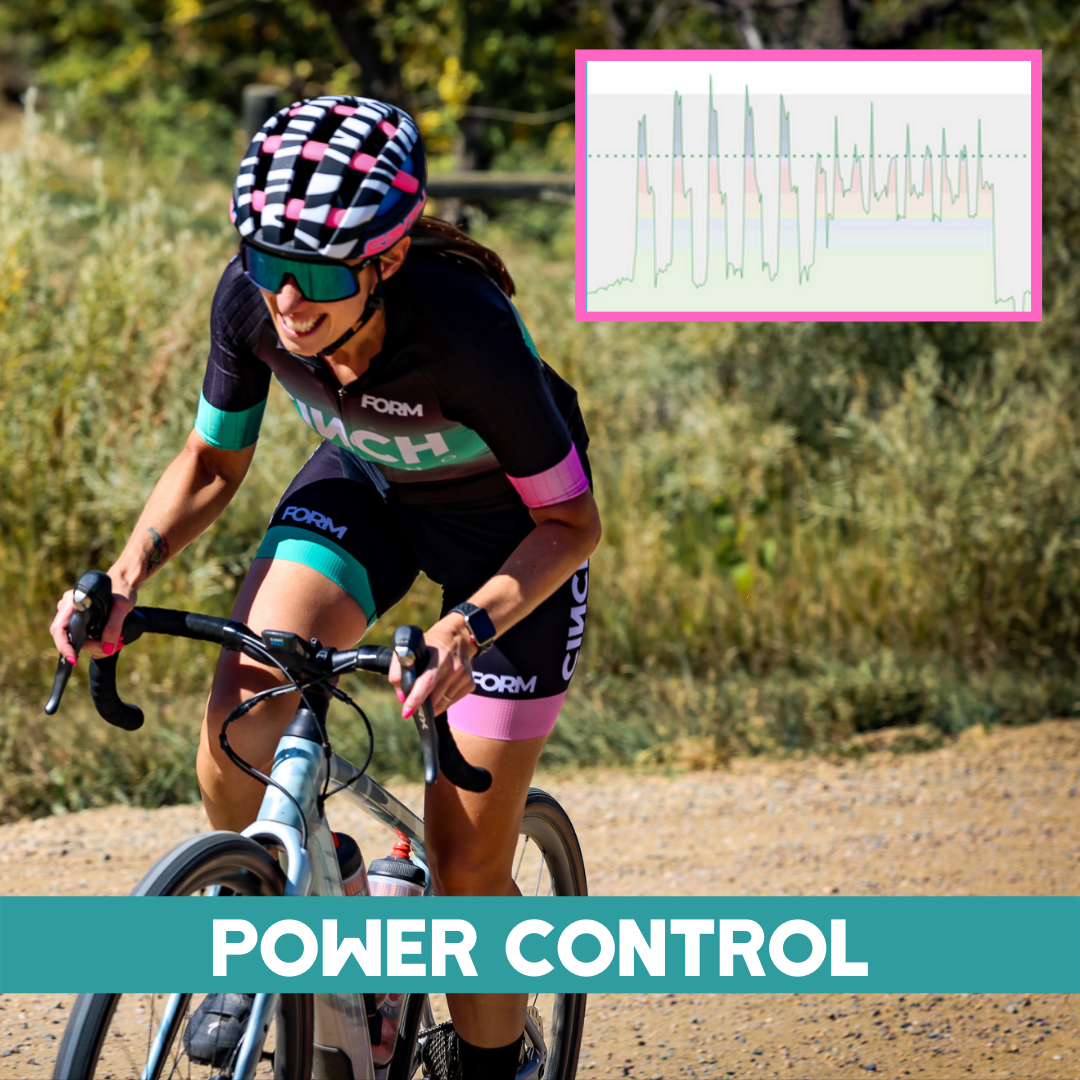Is there a way for you to go faster using less power? Yes! It is called Power Control.
In every race, there is the person who averages the most watts, hits the highest numbers, and then there is the person who wins. They are rarely the same rider. Even though our power-meter-obsessed sport has gotten to the point where it feels like the only thing that matters is normalized power or FTP, that isn’t always what wins races. Cycling is still a game like any other sport.
Take tennis, for example. The announcers might touch on the fact that Serena Williams can serve a ball at over 100 miles per hour, but that’s not the key talking point after the match. Instead, they discuss how brilliantly she placed her shots throughout the court, how she responded to her rival’s shots, how she used her powerful swing at just the right moment to hit the winning shot.
We want you to stop judging your cycling by the numbers on your power meter and start judging it based on speed. While it may be difficult to measure or quantify, speed is what wins races. Of course, the first step is training and riding enough to establish a foundation of power that you can produce as a cyclist. We’ll teach you is how to use that power in the most efficient way possible to maximize speed and momentum. That’s what Power Control is all about.
You’ll use the terrain to gain momentum when it suits the PTZ you intend to use. As things progress, you’ll find opportunities to maintain that momentum without going above or below that PTZ.
We know we just told you not to fixate on your power meter’s numbers, but we aren’t going to throw out those expensive components and devices. Instead, similar to your own power as a cyclist, we’ll use those tools carefully to chase the elusive momentum that will help you win. There are two key Power Control concepts: Power Floors and Power Ceilings.
Power Floor

In our years of coaching athletes, we’ve discovered that focusing on power averages leads to average cyclists. You don’t want to be average, right?
Here’s what happens. People are given an average wattage number to hit in their workout and then they game the system. It’s only natural. They are told to ride 220 watts and at the halfway point of their 20-minute interval, they realize they’ve been doing 190 watts. So, they spike it to 250 for the rest of the lap and voila! It was a 220-watt effort, right? Actually, half of the interval was below their zone, and half was above it. We doubt that’s what their coach wanted them to do.
So, we start with the Power Floor for any given effort. This is the minimum wattage that you should not go below after you hit the “lap” button to start your interval. If you go below it, you bleed precious momentum. To build back up to the correct PTZ, you will have to push harder than necessary, wasting energy. It is more efficient to stay above that floor.
Power Ceiling

As we just hinted at, cyclists love to chase those average power stats, even if it means riding above the zone they were supposed to be in all along. But wait, if you’re strong enough to push a little harder during an interval, that’s okay, right? It might feel good at the time, or you might have the confidence to bust through that Power Ceiling, but we promise you that you’ll regret it later.
When you spike through that Power Ceiling, you’re almost always going to drop through the Power Floor right after. You max out your body’s physical capabilities with that spike, so it needs to recover by going below the floor. When that happens, you lose that precious momentum. This is one of the most inefficient ways to ride, regardless of what your power averages tell you.
Power spikes can also impact your body’s perception of the interval’s intensity. While your average might be right in your PTZ, the constant stress of going over the Power Ceiling leads it to think you are at an effort level beyond the zone. If you avoid the spikes, you’ll be putting less stress on your body.
Top cyclists have such great power control that their Power Floors and Power ceilings are very close to each other. They can precisely stay in that PTZ for long periods of time, riding efficiently, maintaining momentum, and putting as little stress as possible on their bodies.



